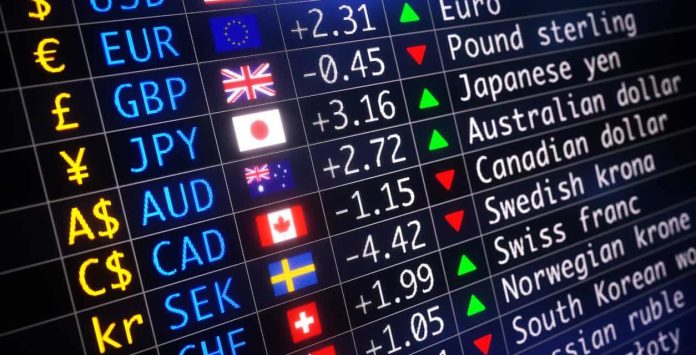Forex Trading: Understanding Key Terms and Concepts
Forex, or the foreign exchange market, is a global decentralized or over-the-counter (OTC) market for the trading of currencies. It is the largest and most liquid market in the world, with an average daily trading volume exceeding $6 trillion. In this article, we will explore some of the key terms and concepts that are essential for understanding forex trading.
Parity in Forex Trading
In forex trading, a “parity” refers to the value of one currency in terms of another. For example, if the exchange rate between the US dollar (USD) and the Euro (EUR) is 1.10, it means that 1 USD is equivalent to 1.10 EUR.
Trading in Forex
Forex trading involves the buying and selling of currency pairs with the aim of making a profit. Traders speculate on the future movement of currency prices, hoping to buy low and sell high (or sell high and buy low in the case of short selling).
Leverage in Forex
Leverage allows traders to control a large position with a relatively small amount of capital. It is expressed as a ratio (e.g., 50:1), and it magnifies both potential gains and potential losses. While leverage can amplify profits, it also increases the risk of significant losses.
Base and Quote Currency
In a currency pair, the first currency listed is called the “base currency,” and the second currency is called the “quote currency.” For example, in the EUR/USD pair, EUR is the base currency and USD is the quote currency.
Long and Short Positions
Taking a “long” position in a currency pair means buying the base currency while selling the quote currency, with the expectation that the value of the base currency will rise. Conversely, taking a “short” position involves selling the base currency while buying the quote currency, anticipating a decline in the base currency’s value.
Lot Size in Forex
A “lot” is a standard unit of measurement in forex trading, representing a specific amount of a currency. The three main lot sizes are standard lot (100,000 units), mini lot (10,000 units), and micro lot (1,000 units).
Pip in Forex
A “pip” is the smallest price move that a given exchange rate can make. Most currency pairs are quoted to four decimal places, so a pip is typically equal to 0.0001 for most pairs, or 0.01 for pairs involving the Japanese yen.
Spread in Forex
The “spread” refers to the difference between the buy (ask) price and the sell (bid) price of a currency pair. It represents the cost of trading and is how brokers make money in forex.
Balance and Equity in Forex
The “balance” in a forex trading account reflects the total amount of money deposited, while “equity” represents the real-time value of the account, including profits and losses from open positions.
Margin and Free Margin (Margin Requirement)
“Margin” is the amount of money required to open a leveraged position, while “free margin” is the amount available to open new positions. Margin requirements vary by broker and are typically expressed as a percentage.
Margin Call and Stop Out
A “margin call” occurs when a trader’s account falls below the required margin level, prompting the broker to request additional funds or close out positions to reduce the risk of further losses. “Stop out” refers to the automatic closure of open positions when the account equity falls below a certain threshold.
Swap in Forex
A “swap” refers to the interest rate differential between two currencies in a forex trade. When a position is held overnight, traders may either receive or pay swap depending on the direction of their trade and the prevailing interest rates.
In conclusion, understanding these fundamental concepts is crucial for anyone looking to venture into forex trading. It is essential to grasp the mechanics of how currencies are traded, as well as the associated risks and potential rewards. With proper knowledge and risk management, forex trading can offer opportunities for financial growth and diversification within a well-rounded investment portfolio.
